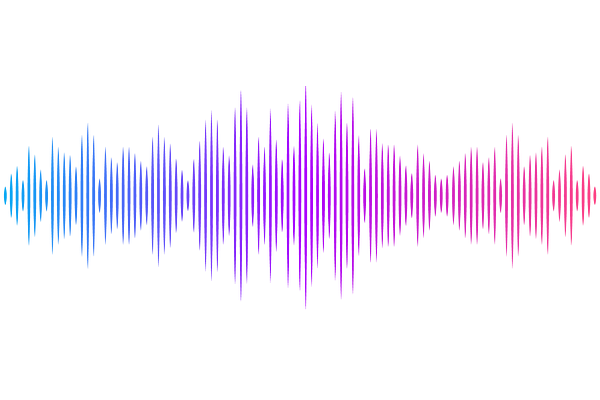New Insights into the T Tauri Binary Separation Distribution

New Insights into the T Tauri Binary Separation Distribution
Caleb Eastlund, Maxwell Moe, Kaitlin M. Kratter, Marina Kounkel
AbstractFor three decades, adaptive optic surveys have revealed an excess of T Tauri binaries across a = 10-100 au in nearby star-forming regions compared to the field population of main-sequence (MS) stars. Such an excess requires that most stars are born in dense clusters and subjected to significant dynamical processing that disrupts such binaries across intermediate separations. However, we demonstrate that the apparent excess is due to an observational selection bias. Close binaries within a < 100 au clear out their dusty circumstellar disks on faster timescales compared to wide binaries and single stars. A magnitude-limited sample is therefore biased toward close binaries that have preferentially cleared out their obscuring disks. We re-examine the separation distribution of pre-MS binaries in low-density Taurus, moderately dense Upper Scorpius, and the extremely dense Orion Nebula Cluster (ONC). By limiting the samples to primary spectral type / mass instead of magnitude, the artificial excess across a = 10-100 au disappears in all three environments. Across wider separations a = 100-4,000 au, Taurus exhibits an excess of companions (mostly tertiaries), the ONC displays a deficit, and Upper Scorpius matches the field MS population. The field derives from an amalgam of all three environments, where Upper Scorpius corresponds to the average birth environment of solar-type stars. The total binary fraction within a < 10,000 au in Taurus is only 52% +/- 7%, substantially lower than the 100% inferred from the biased observations and only slightly higher than the field MS value of 45%. N-body interactions preferentially disrupt outer tertiaries with only marginal dynamical processing of the inner binaries, especially those within a < 100 au.